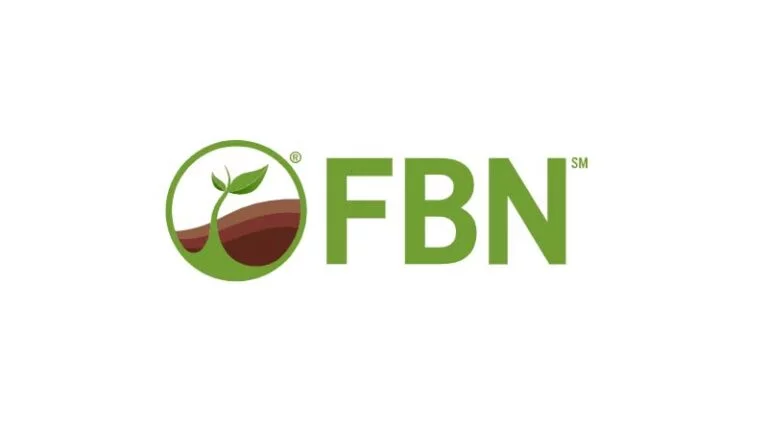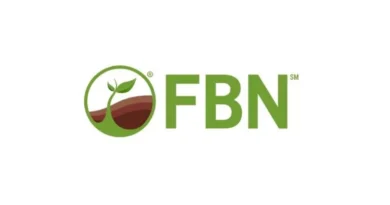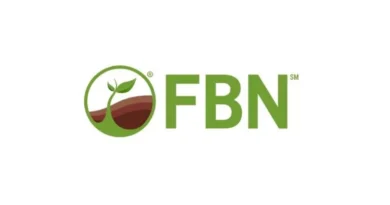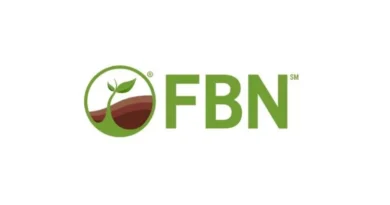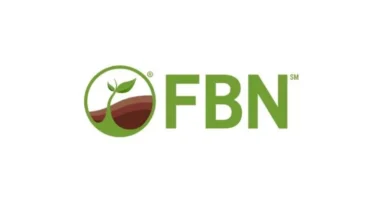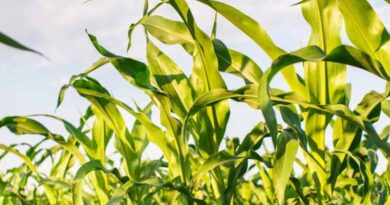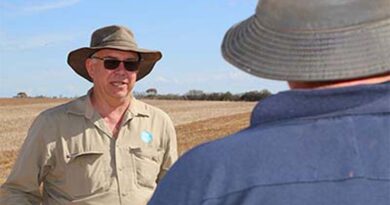How to Manage Lambsquarters in Soybeans
10 January 2024, US: Soybeans, a globally significant cash crop, face a myriad of threats, from pests to diseases. Among these threats, Lambsquarters (Chenopodium album), also known as goosefoot and pigweed, stands out as a common weed with the potential to significantly hinder soybean yield and quality.
With its high adaptability to various soil types, Lambsquarters remains a persistent challenge for soybean farmers.
Lambsquarters competes with soybean plants for essential resources. Its rapid growth and large leaf area allow it to outcompete soybeans for light, while its deep root system enables it to access water and nutrients that would otherwise be available to the crop. This competition can lead to stunted growth and reduced yield in soybean plants.
The competition for resources can cause stress in the soybean plants, leading to changes in their physiological processes. For example, the plants may invest more energy in root growth to compete for nutrients, at the expense of above-ground growth and reproduction. This can result in fewer and smaller soybean pods.
This post will outline:
- How to identify Lambsquarters
- Geographic impact of Lambsquarters
- Timing of Lambsquarters
- How to manage Lambsquarters in Soybeans
How to Identify Lambsquarters
Lambsquarters is a broadleaf weed characterized by a robust and erect growth habit. The plant, which can reach heights of 1–5 feet, has alternate, diamond-shaped to triangular leaves with a distinctive white, mealy coating underneath. Its leaves have toothed edges. It produces small green flowers in clusters at the plant’s top.
Geographic Impact of Lambsquarters
Lambsquarters is a cosmopolitan weed, found throughout the United States, Canada, and many parts of Europe and Asia. It can grow in a wide range of climates and soil types.
This weed thrives in disturbed soils, making it a frequent sight in cultivated fields, gardens, and waste areas.
Timing of Lambsquarters
Lambsquarters typically germinates in the spring and continues to emerge throughout the growing season. However, it poses the most significant threat to soybeans early in the season when both the weed and the crop are establishing.
How to Manage Lambsquarters in Soybeans
Early identification and management of this weed are crucial to prevent yield loss.
For managing Lambsquarters in soybean, consider OpTill® PRO powered by Kixor® herbicide, which contains Imazethapyr and Saflufenacil as active ingredients. This herbicide is labeled for use with soybeans and is effective against Narrowleaf Lambsquarters. You can find it available from FBN®.
Another recommended product is Rapport® BroadSpec herbicide, which contains Tribenuron methyl and Thifensulfuron methyl as active ingredients. While specific information about its use on Narrowleaf Lambsquarters is not available, based on similarity with labeled products, it may be effective for managing this weed in soybeans. This product is also available from FBN.
The application rates for these products can be found on their respective labels. For OpTill® PRO powered by Kixor® herbicide, please refer to the specimen label for the recommended application rates. Similarly, for Rapport® BroadSpec herbicide, you can find the application rates on the specimen label.
It’s important to follow the instructions and guidelines provided on the labels for proper and effective use of these herbicides.
Also Read: UPL to strengthen fungicide portfolio with acquisition of Corteva’s Mancozeb business
(For Latest Agriculture News & Updates, follow Krishak Jagat on Google News)

